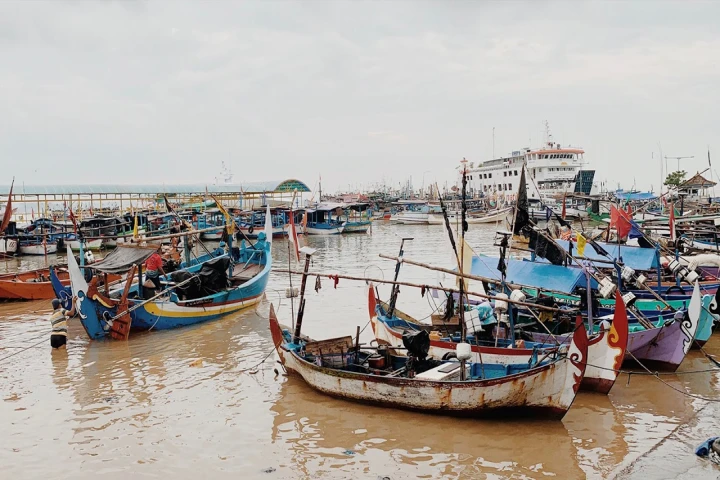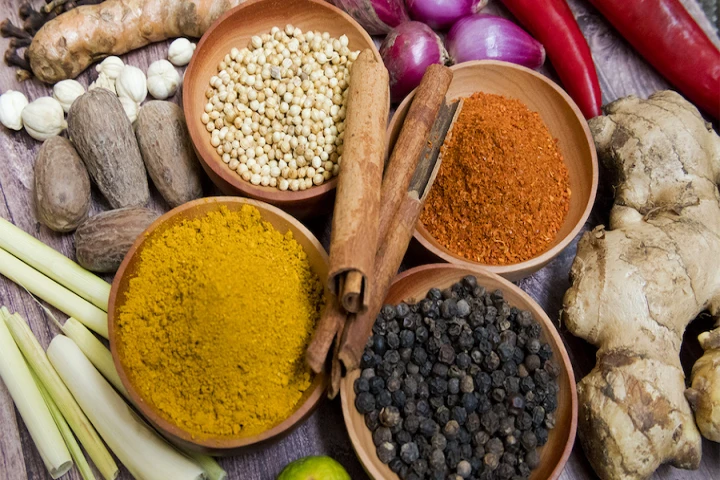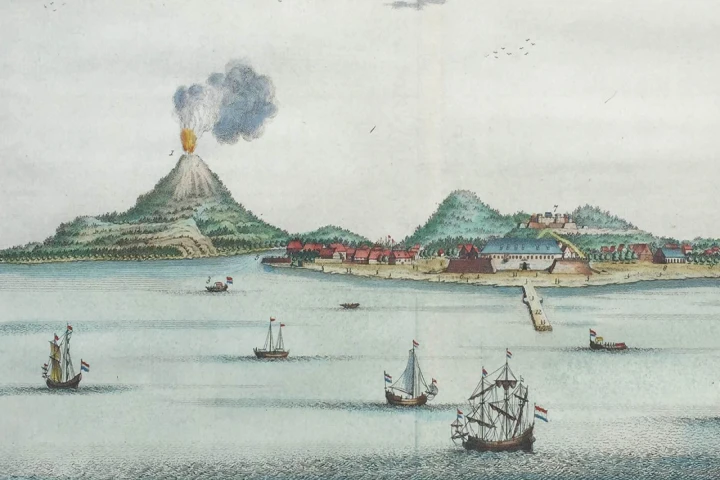Before the Ship Ran Aground: Jepara and Semarang Ports in the "Age of Spices"

Before the Ship Ran Aground: Jepara and Semarang Ports in the "Age of Spices"
Heri Priyatmoko¹, Mimi Savitri²
Heripriyatmoko@usd.ac.id
Abstrak
Di masa pagebluk Covid-19, rempah-rempah kembali diburu masyarakat luas untuk diolah menjadi jamu demi menjaga ketahanan tubuh. Kenyataan tersebut mengingatkan kita pada abad XVI-XVIII, bangsa asing mencari rempah-rempah di Nusantara untuk pengobatan dan bumbu masak. Artikel ini bertujuan mengkaji geliat pelabuhan Jepara dan Semarang yang menjadi salah satu jujugan rombongan pelaut asing pada “Abad Rempah”. Berbekal metode sejarah dan pendekatan arkeologi lanskap, diketahui bahwa bandar Jepara dan Semarang menyediakan komoditas unggulan beras, kayu, dan rempah yang turut berkontribusi meramaikan jalur perdagangan internasional. Meski letaknya jauh dari pusat kerajaan, pelabuhan Jepara dan Semarang merupakan arena kontestasi politik kerajaan lokal dan penguasa kolonial. Pelabuhan sebagai penghasil pajak kerajaan dikontrol melalui tangan wedana bupati. Terbukti pula pergeseran pusat kekuasaan kolonial dari Jepara ke Semarang pada pengujung abad XVII tidak serta merta menyebabkan pelabuhan Jepara mati. Temuan menarik lainnya, yakni niagawan lokal dari pelabuhan Jepara dan Semarang memakai kapal jung untuk mengarungi Jalur Rempah mengusung dagangan untuk dijual maupun dibarter dengan komoditas khas dari daerah lain. Maknanya, masyarakat lokal di pelabuhan Jepara dan Semarang terlibat aktif dalam jaringan global kala itu, bukan sebagai pelaku pasif sebagaimana sering dituliskan dalam pustaka selama ini. Kemudian, kedekatan warga Jepara dan Semarang dengan rempah-rempah dapat ditunjukkan melalui toponim daerah berlatar rempah.
Kata kunci: Pelabuhan Jepara, Pelabuhan Semarang, Wedana Bupati, Abad Rempah
Abstract
During the Covid-19 pandemic era, people sought spices to be processed into herbal medicine to maintain body resistance. This fact reminds us that in the XVI-XVIII centuries, foreigners looked for spices in Nusantara for medicine and seasonings. This article aims to examine the role of the Jepara and Semarang ports which became one of the foreign seafarers' destinations in the "Age of Spices". Based on historical methods and landscape archeological approach, Jepara and Semarang ports provided primary commodities like rice, wood, and spices, which contributed to enlivening international trade routes. Despite being far from the royal center, the ports of Jepara and Semarang were arenas of political contestation between local kingdoms and colonial rulers. The district head controlled the port as a royal tax producer. In addition, the shift of the center of colonial power from Jepara to Semarang at the end of the 17th century was not the end of Jepara port. Another interesting finding was that local merchants from the ports of Jepara and Semarang used Jung ships to navigate the Spice Routes carrying merchandise for sale or bartering with typical commodities from other regions. It means that the local communities in the ports of Jepara and Semarang were actively involved in the global network, not as passive actors as it is often written in the literature so far. Then, the close relationship of the Jepara and Semarang people to spices can be shown through the toponym of the area using spice names.
Keywords: Jepara port, Semarang port, district head, the age of spices
_________
¹ Prodi Sejarah, Fakultas Sastra, Universitas Sanata Dharma
² Departemen Arkeologi, Fakultas Ilmu Budaya, Universitas Gadjah Mada
Editor: Moh. Atqa & Tiya Septiawati
Translator: Dhiani Proboshiwi
Image: Bunga Hadian
This content was created by contributors to Jalur Rempah. The Contributor page is a platform for Jalur Rempah that was specifically initiated for the general public to submit content (in the form of writing, photos and videos) and share their experiences about The Spice Routes. Any content from contributors is the sole responsibility of the contributor.





